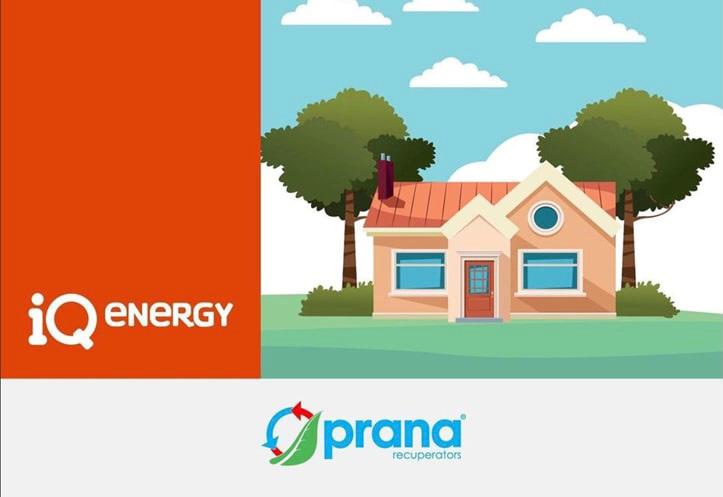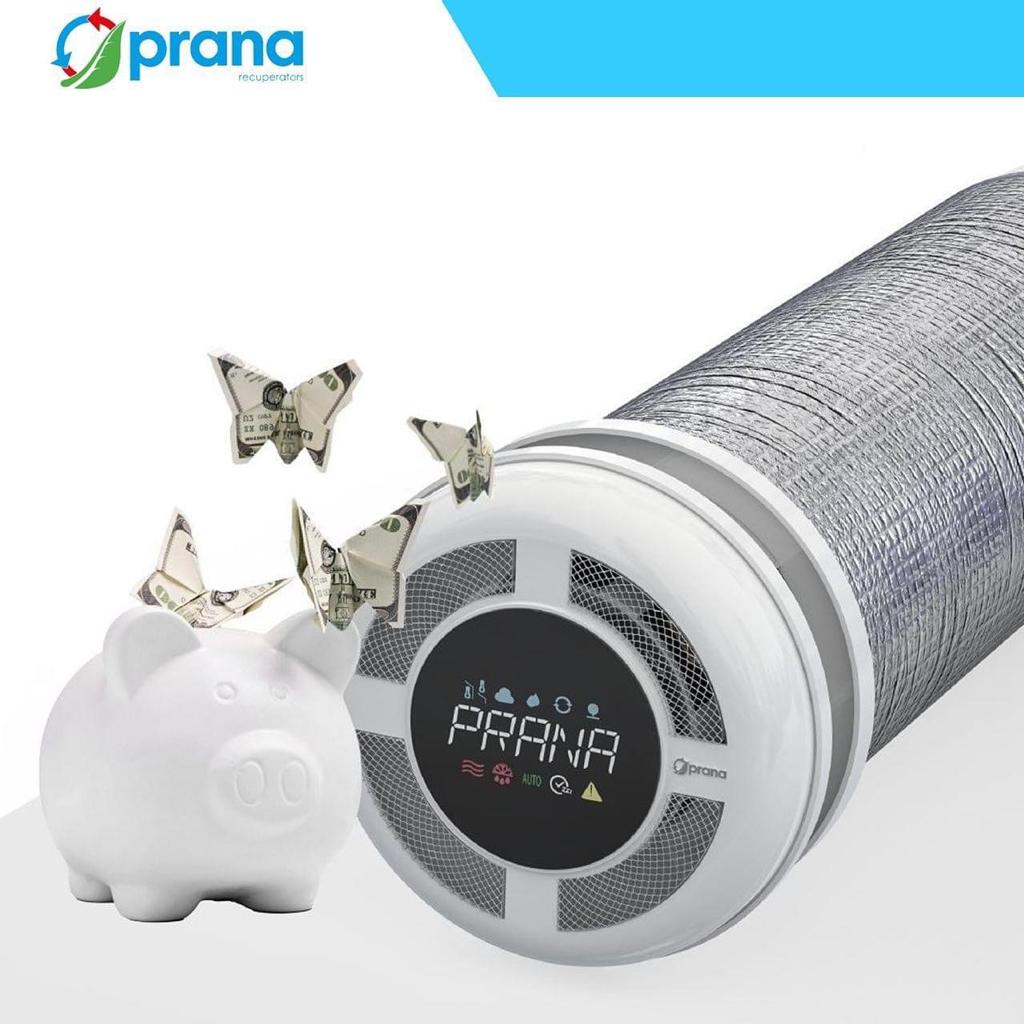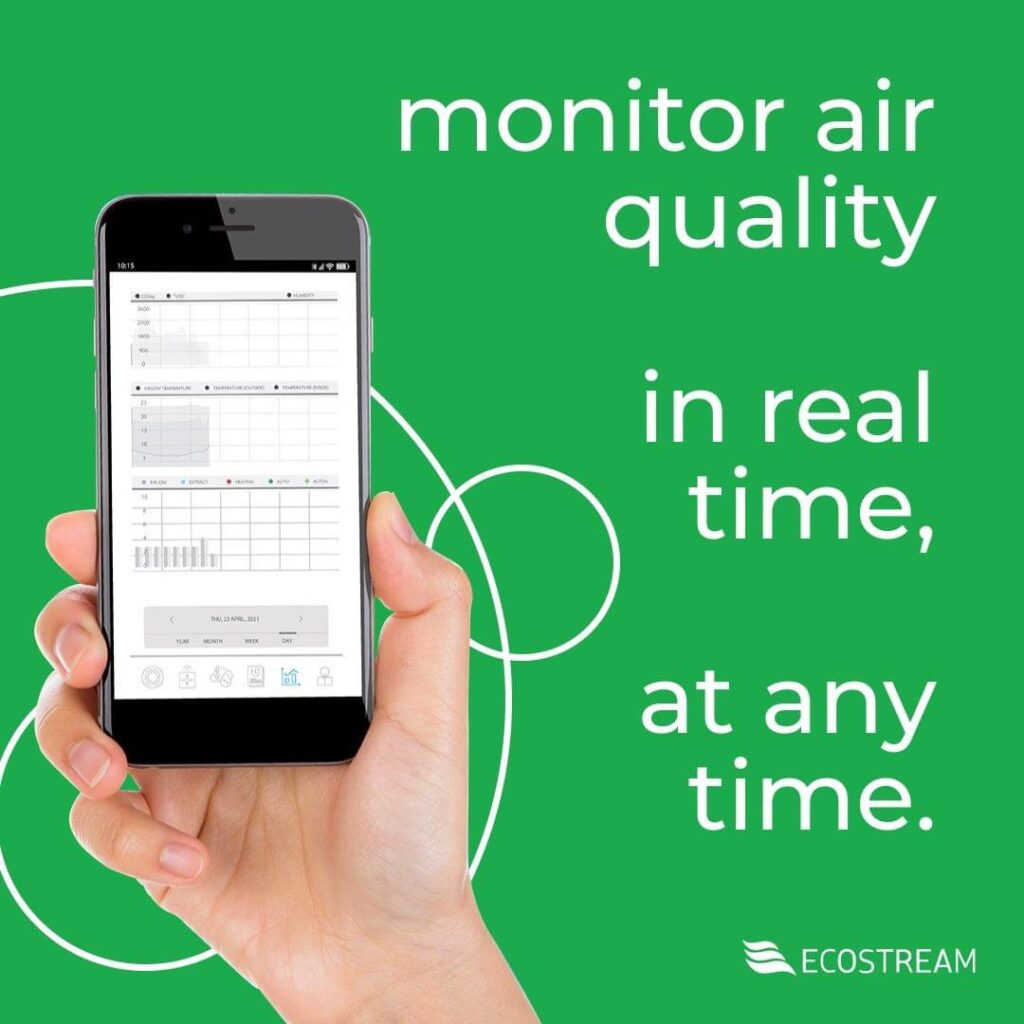Solar panels are the best way to get an environmentally friendly source of electricity for your home. However, before you install them, you need to calculate your budget. How much will solar panels cost in the UK this year? How much will it cost to install them, and what factors affect the final price? In this article, we will look at the issue of solar panel prices in 2024 in more detail.
Solar energy in the UK: this year’s trends
Recent years have seen positive changes in the solar energy industry. The UK government has introduced a number of changes that have reduced the cost of solar panels. These include 0% VAT and government schemes to help people make the switch to green energy.
All of these benefits will remain in place this year, making 2024 a good year to go solar.
How much do solar panels cost in the UK?
The cost of solar panels system in the UK has seen a gradual decline over the years, thanks to advancements in technology, economies of scale, and government incentives. As of 2024, the average cost of a solar panel system in the UK ranges from £5,000 to £8,000 per kilowatt (kW) installed. This translates to approximately £4,000 to £6,400 for a typical 4kW system, which is suitable for an average-sized UK home.
Factors influencing solar panels costs:
- Technology Advancements. Continued improvements in solar panel technology have led to higher efficiency and lower production costs. Innovations such as thin-film solar cells, bifacial panels, and enhanced manufacturing processes contribute to cost reductions.
- Economies of Scale. As the solar industry expands and more installations occur, manufacturers benefit from economies of scale, driving down production costs. Bulk purchasing of materials and streamlined installation processes also contribute to cost savings.
- Government Incentives: Government initiatives and incentives play a crucial role in making solar energy more accessible and affordable. Programs like the Feed-in Tariff (FIT), which provided payments to homeowners for generating renewable energy, have encouraged solar adoption. Although the FIT scheme closed to new applicants in 2019, it has been succeeded by the Smart Export Guarantee (SEG), which pays homeowners for excess energy exported to the grid.
- Installation Costs: While the cost of solar panels themselves has decreased, installation costs remain a significant factor. Labor, equipment, permitting, and overhead expenses contribute to the overall installation cost. Factors such as roof type, orientation, shading, and grid connection requirements can also affect installation expenses.
- Quality and Brand: The quality and brand of solar panels and associated components can influence the overall cost. Premium brands or higher efficiency panels may come with a higher price tag but can offer better performance and reliability over the system’s lifetime.
Average Cost Breakdown for a 4kW Solar Panel System:
- Solar battery: £4,000 to £6,400 (based on £1,000 to £1,600 per kW)
- Inverters: £800 to £1,200
- Mounting Equipment: £500 to £800
- Wiring and Other Components: £300 to £500
- Installation Labor: £1,000 to £2,000
- Total: £6,600 to £11,900
It’s essential for homeowners considering solar installations to obtain multiple quotes from reputable installers, conduct thorough research on available incentives, and carefully evaluate the long-term financial and environmental benefits. With proper planning and investment, solar energy can provide a clean, sustainable, and cost-effective power solution for homes and businesses across the UK.




















